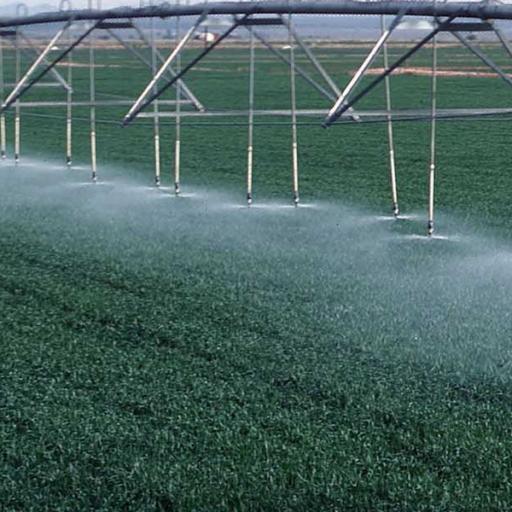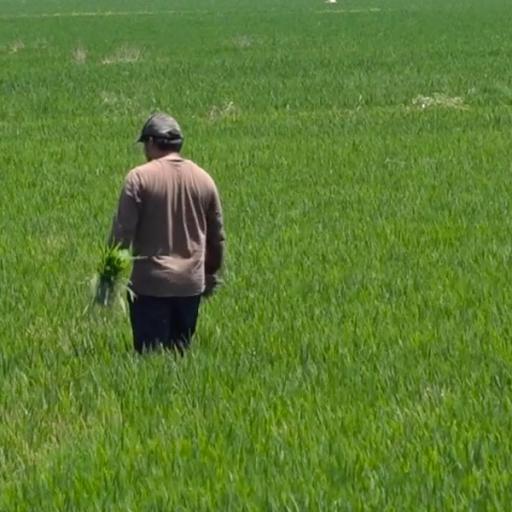By using a stochastic production frontier approach, a number of empirical studies (e.g., Fan, 1991; Ahmad and Bravo-Ureta, 1995; Wu, 1995; Kalirajan, Obwona and Zhao, 1996; Kalirajan and Shand, 1997; Giannakas, Tran and Tzouvelekas, 2000; and Giannakas, Schoney and Tzouvelekas, 2001) have provided evidence on the sources of output growth in agriculture.1 These studies have two features in common: first, they have considered only two potential sources of total factor productivity (TFP) growth, namely technical change and technical efficiency changes, and second, they have been based on a neutral production frontier. In the light of Bauer (1990), Lovell (1996) and Kumbhakar (2000) theoretical results, the former implies that potentially important sources of TFP growth, such as scale economies and allocative efficiency, have been inadequately omitted from the analysis.2 On the other hand, the use of a neutral production frontier implicitly assumes that technical efficiency changes are either autonomous (i.e., passage of time) or induced by changes in the not-so-fixed farm-specific characteristics (i.e., socioeconomic and demographic), but in any case are independent of changes in input use.
Bauer (1990), Lovell (1996) and Kumbhakar (2000) provided a theoretical model highlighting the importance of the scale economies as a source of growth, but all the aforementioned studies on agricultural output growth have neglected their impact even though most of them reported evidence of non-constant returns to scale.3 This certainly provides misleading results concerning the sources of output growth as the scale effect can be omitted in the decomposition of TFP growth only in the case of constant returns to scale (Lovell, 1996). Specifically, Fan (1991), Ahmad and Bravo- Ureta (1995), and Giannakas, Schoney and Tzouvelekas (2001) have most likely underestimated the portion of output growth attributed to TFP by not accounting for the scale effect associated with increasing returns to scale in Chinese agriculture, US dairy farms, and Saskatchewan wheat farms, respectively. On the other hand, Wu (1995), and Giannakas, Tran and Tzouvelekas (2000) have most likely overestimated the portion of output growth attributed to TFP by omitting the scale effect associated with decreasing returns to scale in Chinese agriculture and Greek olive oil production, respectively. Since the range of scale economies is not known a priori, it seems appropriate to proceed by statistically testing the hypothesis of constant returns to scale. If this hypothesis is rejected, the scale effect is present and should be taken into account.
More importantly, all previous studies have paid relatively little attention to technical efficiency changes per se and its determinants in particular. The former involves two aspects, namely formal statistical testing and appropriate measurement. It has been shown that technical efficiency makes no contribution to TFP changes if it is time invariant (Lovell, 1996; Kumbhakar, 2000). However, with the exceptions of Ahmad and Bravo-Ureta (1995) and Giannakas, Schoney and Tzouvelekas (2001), previous studies have not tested statistically for the presence of time-varying technical efficiency, even though they have explicitly incorporated technical efficiency changes into TFP measurement.4 Whenever technical efficiency is in fact time-varying, the measurement of technical efficiency changes becomes a crucial issue. Nevertheless, all but one (Wu, 1995) of previous studies have computed the rate of technical efficiency change as the average of the differences of farm-specific estimates between sequential periods instead of using directly the functional representation of the temporal pattern model. This could yield inaccurate estimates of the effect of technical efficiency changes.
On the other hand, it should be recognized in considering the determinants of technical efficiency changes that time-varying technical efficiency may not only be due to autonomous changes (i.e., passage of time), but it could also be related to changes in the not-so-fixed farm-specific socioeconomic and demographic factors as well as changes in input use.5 In analytical terms, identifying the determinants of technical efficiency changes is perhaps as important as decomposing the technical change effect into a neutral and a bias component. However, considering explicitly the impact that changes in input use may have on technical efficiency changes requires moving away from the conventional neutral production frontier model and using instead a non-neutral formulation. In the latter, technical inefficiency stems from farm-specific characteristics and the intensity of input use (Huang and Liu, 1994). That is, the degree of technical efficiency depends on the method of applications as well as the quantity of inputs used. Consequently, technical efficiency changes may be attributed to changes in the factors determining the methods of applications (i.e., time-specific factors and farm-specific socio-economic and demographic variables) and to changes in input use.
The main objective of this paper is to extent Bauer (1990), Lovell (1996) and Kumbhakar (2000) primal decomposition of output growth to the case of non-neutral production frontiers. Thus output growth is decomposed into input growth, technical efficiency changes, technical change and the scale effect. However, apart from autonomous changes (i.e., passage of time) only, technical efficiency changes are also attributed to changes in input use and to changes in the not-so-fixed farm-specific characteristics. Separate estimates of these components of output growth are obtained from the estimated parameters of the underlying non-neutral production frontier function. The empirical model is based on a heteroscedastic non-neutral production frontier that allows the variance of the one-sided error term to be function of farm- specific characteristics, and an unbalanced panel data set of 51 Greek sheep farms over the period 1989-92. To the best of our knowledge this is the first attempt to formulate and estimate a heteroscedastic non-neutral production frontier.
A restructuring of the sheep sector started after Greece’s accession to the European Union (EU) that involved a transition from an extensive (nomadic) towards a more intensive production system, with the aid of the provided structural funds. At present, the major production system may be characterized as semi-extensive with or without transhumance, where sheep graze throughout the year but herbage intake is sufficient to meet the nutritional requirements only for 3-5 months (March-April to June-July) and the rest is covered with concentrates and roughage.6 On the other hand, EU price support policies, implemented on a flock size base, induced farmers to rely more on the increase of flock size in order to sustain their income, rather than to improve their productive efficiency (Hadjigeorgiou et al., 1999). Indeed the average flock size increased significantly from 45 in 1982 to 70 in 1993 but the total number of sheep rose only slightly as the number of sheep farms decreased from the 1980s to the 1990s. It is hypothesized that these changes have affected the productive performance of sheep farms and our empirical results attempt to shed some light on their impact on the sources of output growth.







